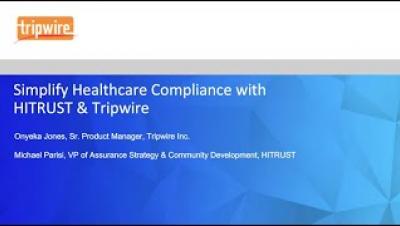Beware secret lovers spreading Nemty ransomware
Digital attackers are sending around love-themed malicious emails in an attempt to infect recipients with the Nemty ransomware. If you’ve been kicking around in the world of IT security for more years than you’d like to admit, then you’ll surely remember the ILOVEYOU virus (also known as the “Love Bug” or “Loveletter”).



